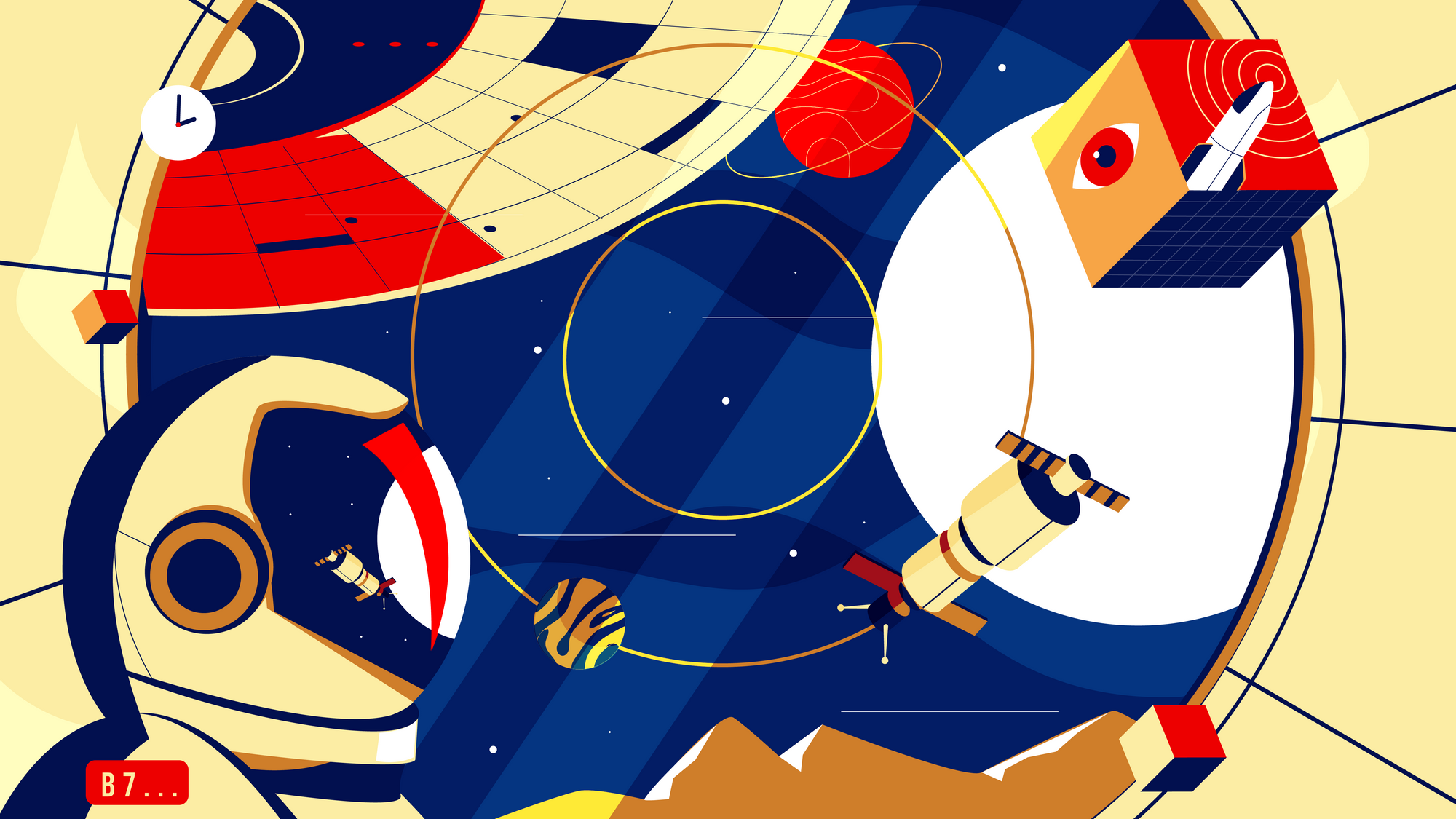Truths and Dilemmas of Space Startups
In this endless search for home, we find adventurous startups setting a separate path. A path that yearns for innovation and an agile vision but is often irregular and turbulent. A path sometimes even fatal, cutting a startup's life short.

I like to think that striving for a sustained presence in space is a desire to return to our birth story. We continue to search across the endless night because this journey takes us back to our point of origin. And along the way, we learn more about ourselves as a species and about the cosmos.
In this endless search for home, we find adventurous startups setting a separate path. A path that yearns for innovation and an agile vision but is often irregular and turbulent. A path sometimes even fatal, cutting a startup's life short.
The early and seed stages of space startups are particularly filled with perils. The uncertainties tower over founders as they seek financial support and commercial maturity. And although startups can be more agile than the more prominent space companies, the first steps proving their value proposition to decision-makers are herculean.
I met earlier this year with Michał Zachara, the Chief Operating Officer of KP Labs, a forward-thinking Polish startup founded in 2016. KP Labs specializes in autonomous systems (hardware + software) for satellite missions, so I wrote an in-depth article about Poland’s space scene.
Michal shared his viewpoint on some of the dilemmas they've faced during the first years.
“You can think of space startups as having the same challenge as recent university graduates: track record. Everyone in the industry expects high standards determined by previous solid experience. However, like recent college graduates, many startups haven't had the chance to prove themselves. And suppose there are reservations about assigning bigger projects or responsibilities to startups; in that case, they will not gain the track record needed to prove that they can often deliver better, quicker, and more agile systems for new missions.”
Our conversation reminded me of discussions I've had with other space startup founders and CEOs worldwide. A majority agree the first steps are always the hardest. Space missions are immoderately expensive, so it's hard to prove the business value from the outset without external sources of capital. In the United States, startups can source venture capital more quickly than in other regions. However, booking the first contract or project rattles even the most experienced of entrepreneurs regardless of geography. The stakes are high in space, and success may prove more difficult than other technology-based sectors.
Michal explained the following:
“The truth is that to prove that a startup's vision and business offer is good enough for customers, startups need to have a space heritage. And to get a space heritage, a lot of money has to be invested. So this dilemma is even bigger than in other tech markets.”
Is there a resolution in this decade to this dilemma? I don't know. I hope so. I have seen the emergence of new incubators, accelerators, and venture funds dedicated to the early and seed stages of promising space startups in certain regions in the United States, Europe, and India. However, I've noticed that this dynamic has not developed worldwide and not at the same speed to harness the new high frontier. I know several early-stage founders continue to scramble for capital to keep their research and development programs afloat as they prove their hardware and software to prospective customers.
The question then remains, if we're all striving for a return to our cosmic home, why not infuse the necessary capital so that new specialized startups can have a chance at gaining track records by proving their paths in space?
Michal described the following:
“I think the challenge is more visible in emerging markets such as Eastern Europe. Society at large often struggles to understand and justify robust budgets for space, whilst other sectors need financial support, for example, healthcare, public infrastructure, social services, etc.) However, it’s being increasingly noticed that space is the most innovative market, which helps to solve cosmic problems and can also help solve problems on Earth through the transfer of technology.”
//
Known by the alias Niña Borona, Daniela Jiménez is a graphic designer and illustrator based in Cartago, Costa Rica. She has participated in different exhibits in Costa Rica and internationally. With the usage of striking color palettes, she merges illustration and graphic design with another passion, packaging.
Sharing her story and inspiration Daniela said,
“Since I was a young child, I always noticed my father gazing at the stars and looking for ‘something’. Once, he told me that he did not understand how people never admired the sky, so I have borrowed that practice in my life. It inspires me to know that there is so much to learn beyond Earth. The space industry can inspire many artistic practices, music, art, theater, cinema, literature, etc. There is so much material to discover that there are no limits. Instead, there are many artistic options to share the vision of all these incredible advances.”
Daniela communicates messages through her illustrations that connect others.
“I believe that the potential in the space area of the region is not sufficiently visible. The talent exists, but the opportunities to share the region's advances are not being explored enough. Discoveries in space matter to all of us. We all live in the same Solar System.”
//
In one of my favorite science fiction films Gattaca (1997), Vincent Freeman, the main character, overcomes a steady string of challenges in his pursuit of spaceflight. Despite the odds, Vincent manages to enter the program.
On his way to space towards the end of the film, Vincent says,
“For someone who was never meant for this world, I must confess I'm suddenly having a hard time leaving it. Of course, they say every atom in our bodies was once part of a star. Maybe I'm not leaving.. maybe I'm going home.”

